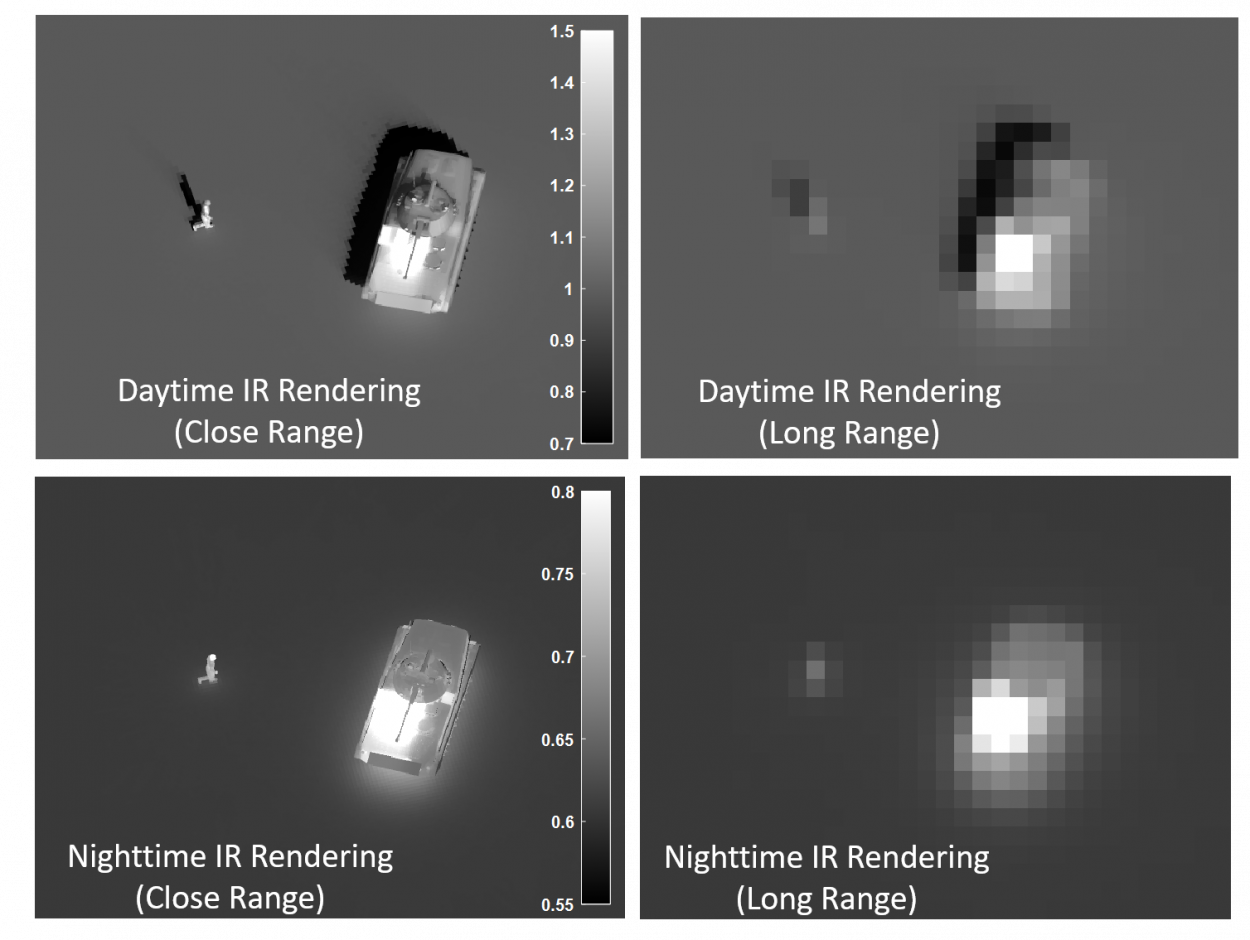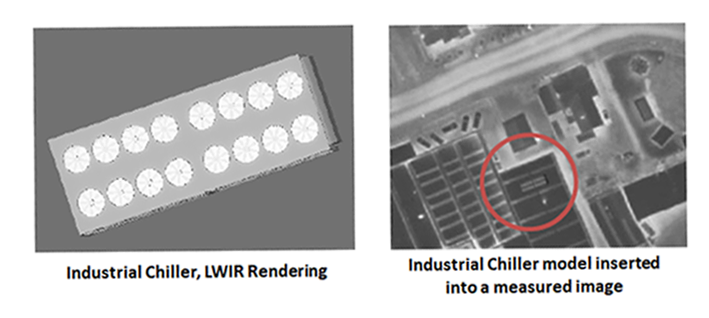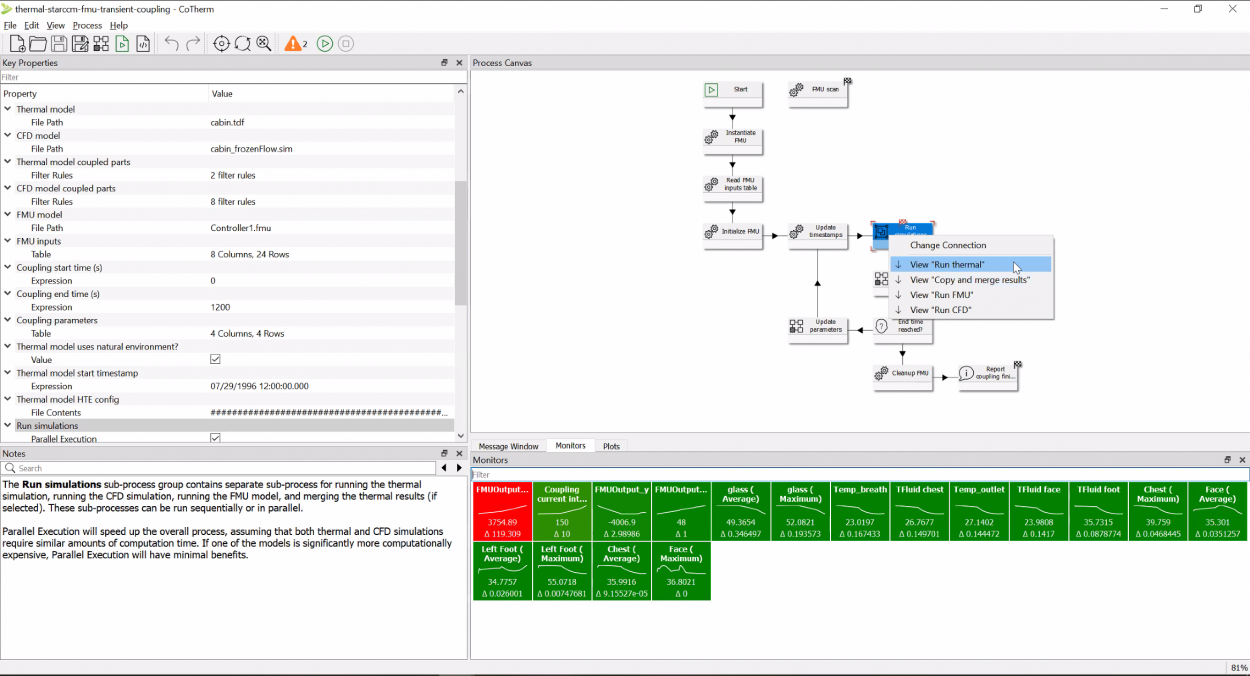ThermoAnalytics develops physics-based radiometric MuSES Models and generates 2D and 3D EO/IR datasets with sensor-specific characteristics.
Identify Spectral Signatures of Adversarial Targets
ThermoAnalytics’ physically accurate models are widely used and validated by the DoD to assess the EO/IR detection vulnerabilities of ground, air, and maritime assets. Government agencies use our models to identify unique spectral signatures of adversarial targets observed from the ground, air, and space platforms. With our validated Human Thermal Model, it is possible to include personnel in imagery.
Wide Range of Data Renderings
Synthetic EO/IR imagery can supplement measured imagery to train detection and identification algorithms, support warfighter training and simulations, and machine learning applications. We generate image sets for any combination of target, aspect, range, location, meteorology, terrain, time of day, mission profile, and sensor platform. MuSES’ spectral range (0.4-20 microns) includes monochromatic visual, Near-Infrared (NIR), Short-Wave Infrared (SWIR), Mid-Wave Infrared (MWIR) and Long-Wave Infrared (LWIR).
Target Model Database
Synthetic targets can be embedded into measured or modeled scenes and coupled with scene simulation tools such as DIRSIG. We maintain a large library of target models, surface property measurements, weather files, and location data to populate rendered image datasets. Our model database includes military, civilian and industrial vehicles, permanent and temporary structures, construction equipment, aircraft, maritime craft, personnel, infrastructure, weapons systems, camouflage and buried objects.
Quickly Generate Images with CoTherm
Our CoTherm coupling-and-process-automation tool provides a fast and easy route to generate hundreds of thousands of rendered images. The capability to generate an extensive library of target imagery is especially important in the IR due to a sparsity of available measured imagery and the high cost of collecting it.
Receive A Trial Analysis
An EO/IR image outlier training data set from ThermoAnalytics is available only to qualified organizations. Contact our team to see if your organization can be approved for a trial analysis.
You Might Also Be Interested In:
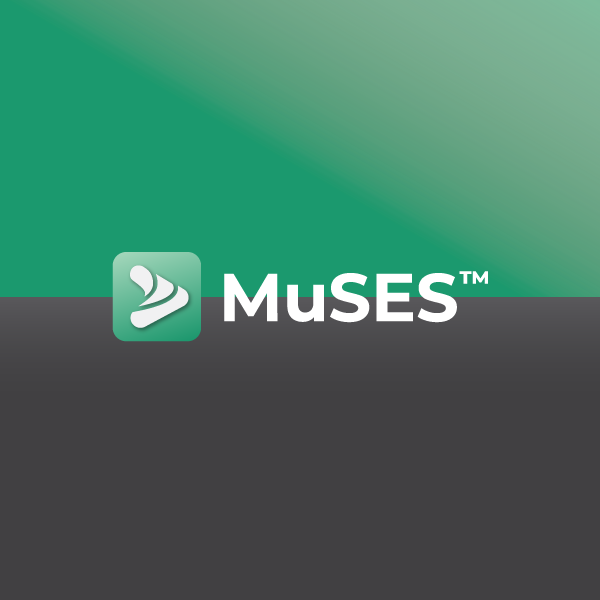
Industry-Leading Signature Management
MuSESTM (Multi-Service Electro-Optic Signature) is an industry-leading signature management software that provides complete thermal modeling and infrared signature prediction capabilities. MuSESTM allows you to simulate any environment or condition and generate accurate EO/IR signature predictions. It provides many powerful features allowing you to model vehicles, aircraft plumes, ship wakes, humans, atmospheric effects, and more.
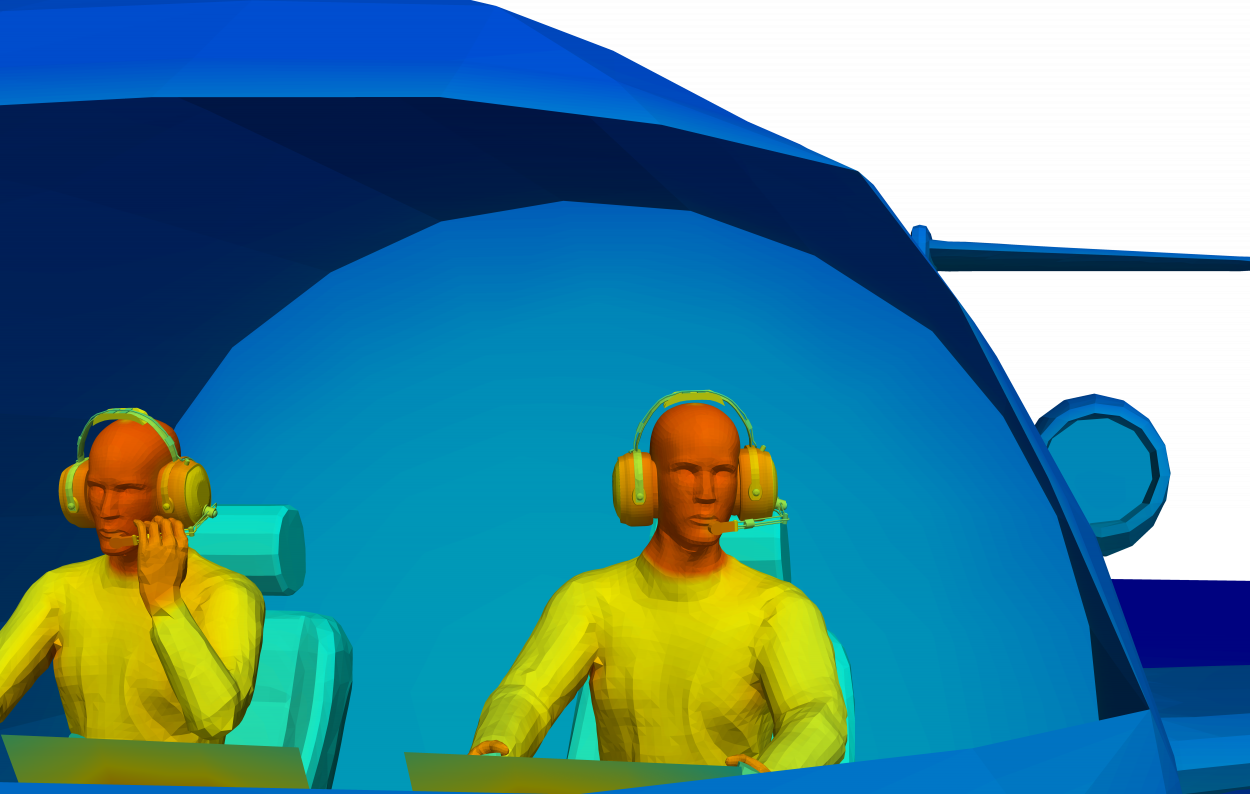
Predicting Survival + Effectiveness
Predicting human thermal survival involves simulation across several distinct domains to be computed simultaneously – the environmental conditions over time, a detailed human physiology model that includes thermoregulation, and clothing models to capture both heat transfer and mass transfer resistance. Humans are thermally quite fragile and many critical biological processes are highly sensitive to temperature, including cognition. Thermal survival is limited to the study of how the body responds to dehydration, hypo- and hyperthermia, ignoring the situational effects of reduced cognitive capacity on the choices an individual makes when overheated or suffering from cold exposure.
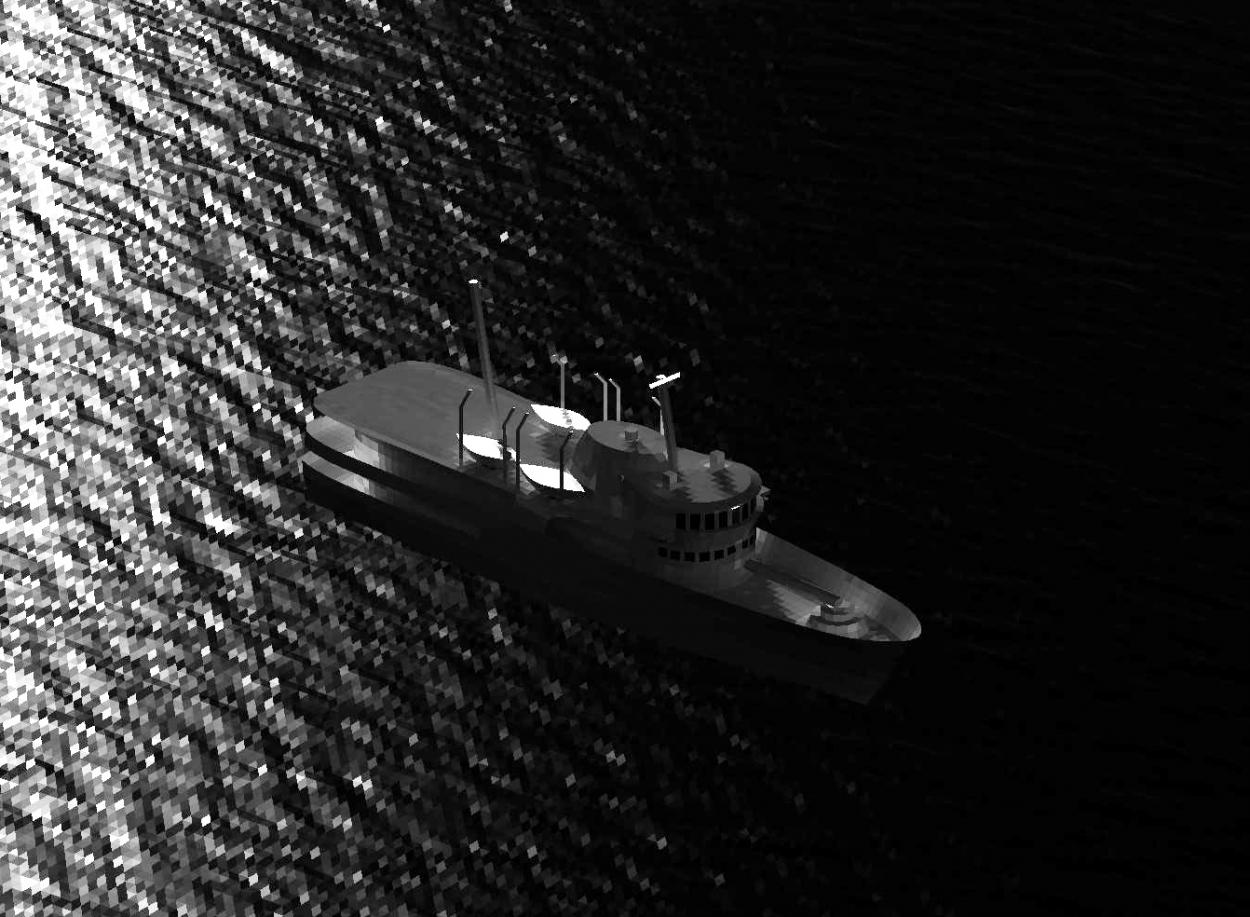
Adversary signature prediction
EO/IR image outlier detection is a process that enables persistent observation systems a reliable way to flag image frames that might show the presence of a target or collection of features. Image outlier algorithms are considered an established but evolving technology that benefits from large volumes of EO/IR imagery produced under known, or, better yet, controlled conditions. ThermoAnalytics’ combination of software developers, modeling experts and scientists collaborate to produce virtual datasets for training such deep learning outlier classifiers.

Effective Strategies for Signature Analysis
Signature requirements for EO/IR seek to define how easily a vehicle, ship, aircraft, or spacecraft can be “acquired” or recognized as distinct from the background environment. It is similar to defining a maximum signal-to-noise ratio for a given platform: the lower the signal, the less distinct it is from the noisy background imagery. Because the requirements for signature often dictate the maximum contrast relative to the background, leading OEMs contract with ThermoAnalytics to plan ahead for effective strategies to minimize or control signatures, leading to improved performance and what is often termed, “low observables” design.
Getting Started
Let's talk
If you would like to learn more about our EO/IR Image Outlier Detection service and how it can provide you with actionable intelligence, reach out! We will demonstrate how our software can fit your specific requirements and help you understand what you will need to begin simulating signature scenarios.
Support
We are here to answer your questions at every step. We support our customers before and after the sale, our commitment to you never changes.
